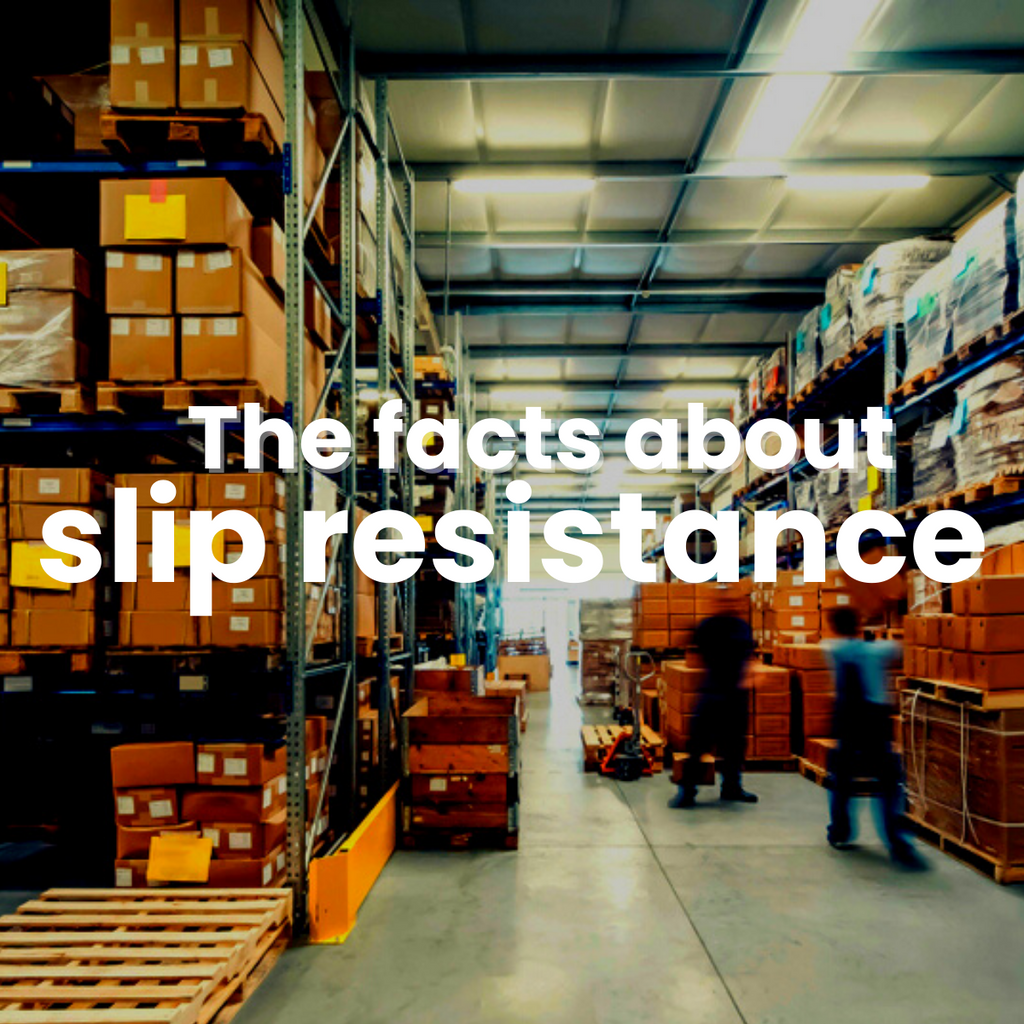Aucun produit dans le chariot
What you need to know about slip resistant safety footwear

Safety boots and safety shoes are designed to protect based on CSA Standards. As defined by CSA Standard ZI95 this includes toe protection, sole puncture protection, metatarsal protection, electric shock protection, and, for some footwear, chainsaw cut protection. However, slip resistance is different. Although it is measured, there is no current pass/fail slip resistance CSA standard, just a test method.to determine a rating.
Here’s what you need to know in order to ensure you have the best slip resistant safety footwear for your employees.
First things first: Slip resistance refers to the amount of resistance the sole of the shoe exerts while moving over the walking surface. It’s measured using the Coefficient of Friction (COF), the ratio between the maximum frictional force that the sole applies and the force pushing the sole across the surface. Slip resistance is measured on a scale that runs from 0.00 up to 1.00, 0.00 being equivalent to a skating rink and 1.00 equivalent to a dry carpet. The higher the number, the greater the slip resistance (but there's more to it, read on).
All footwear manufacturers claiming slip resistant footwear use the SATRA TM144 test method as outlined in the CSA Standard. Testing is done on 2 types of surfaces: stainless steel (both wet and dry) and quarry tile (wet only). They must then post their claim on the shoe label according to CSA Z95.
But buyer beware: there is no one-size-fits-all solution for slip-resistant footwear. Unlike CSA safety standards for toe and plate protection, national standards for what slip-resistant rating is required for safety footwear doesn’t exist in Canada.
Work conditions have a significant impact on slip resistance. Conditions like moisture, liquids, heat or cold can change how slip resistant a safety shoe or work boot can be. So, a shoe that has a high slip rating overall may not be as slip resistant in, for example, a hot environment where there is moisture on the ground; or a cold environment.
What you really need to ask is not “are these shoes slip resistant”, but rather “how slip resistant will these shoes be in my work environment."
Our safety footwear experts can help guide you to make the best decision for your employees. Ask us for a copy of our white paper Creating a Slip, Trip and Fall Safety Plan for Your Workplace for more insights from a variety of experts and health & safety professionals.
Contact our Business Solutions team or email us at biz@mistersafetyshoes.com
